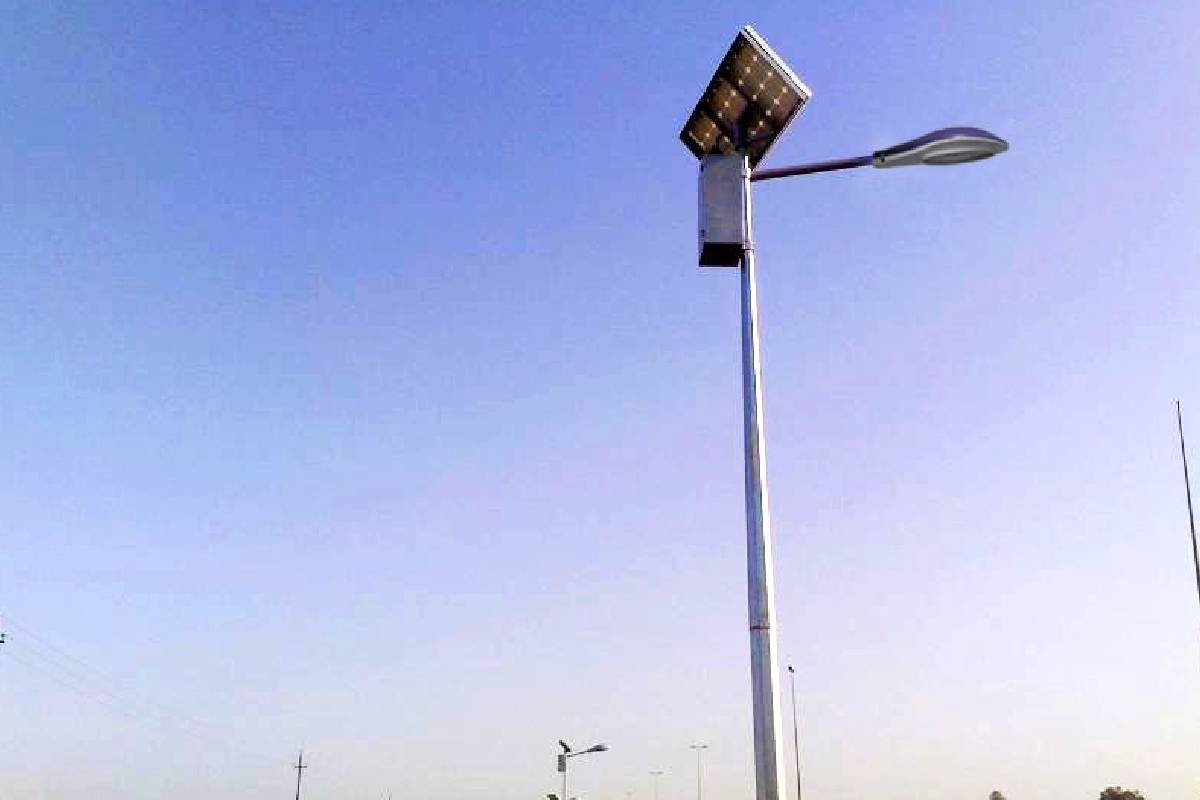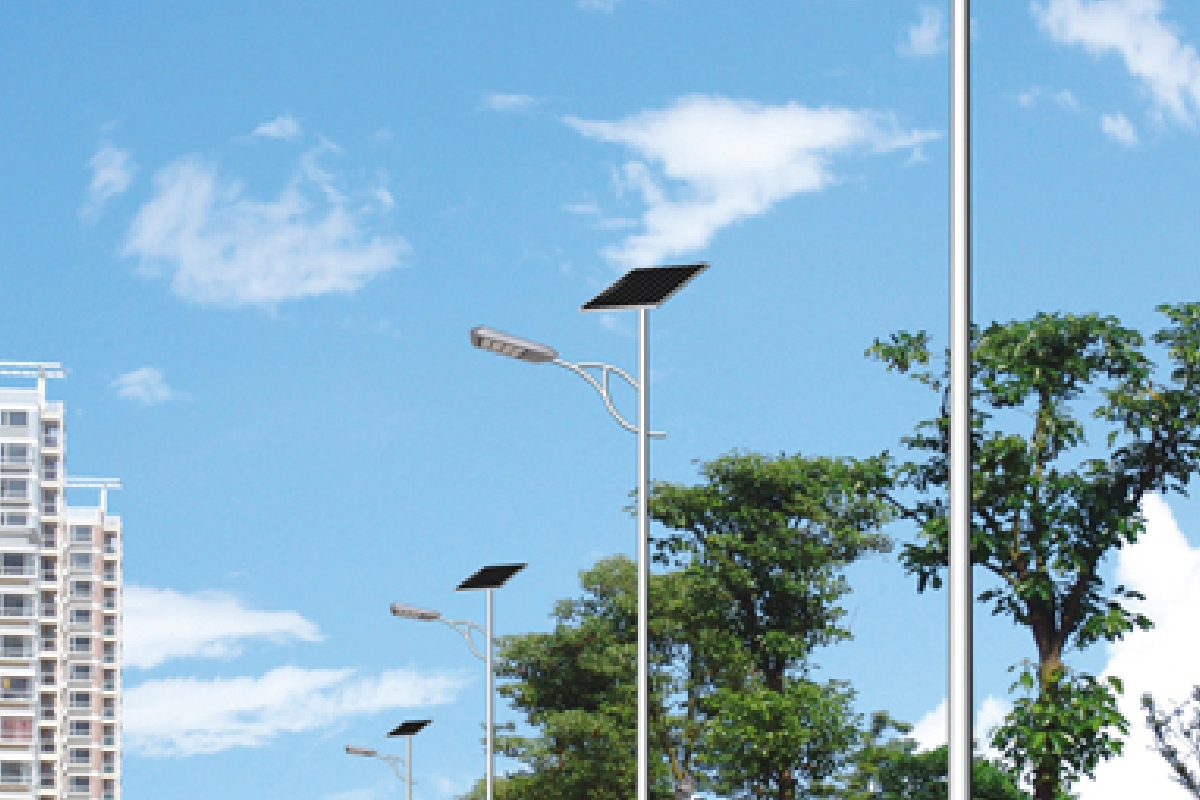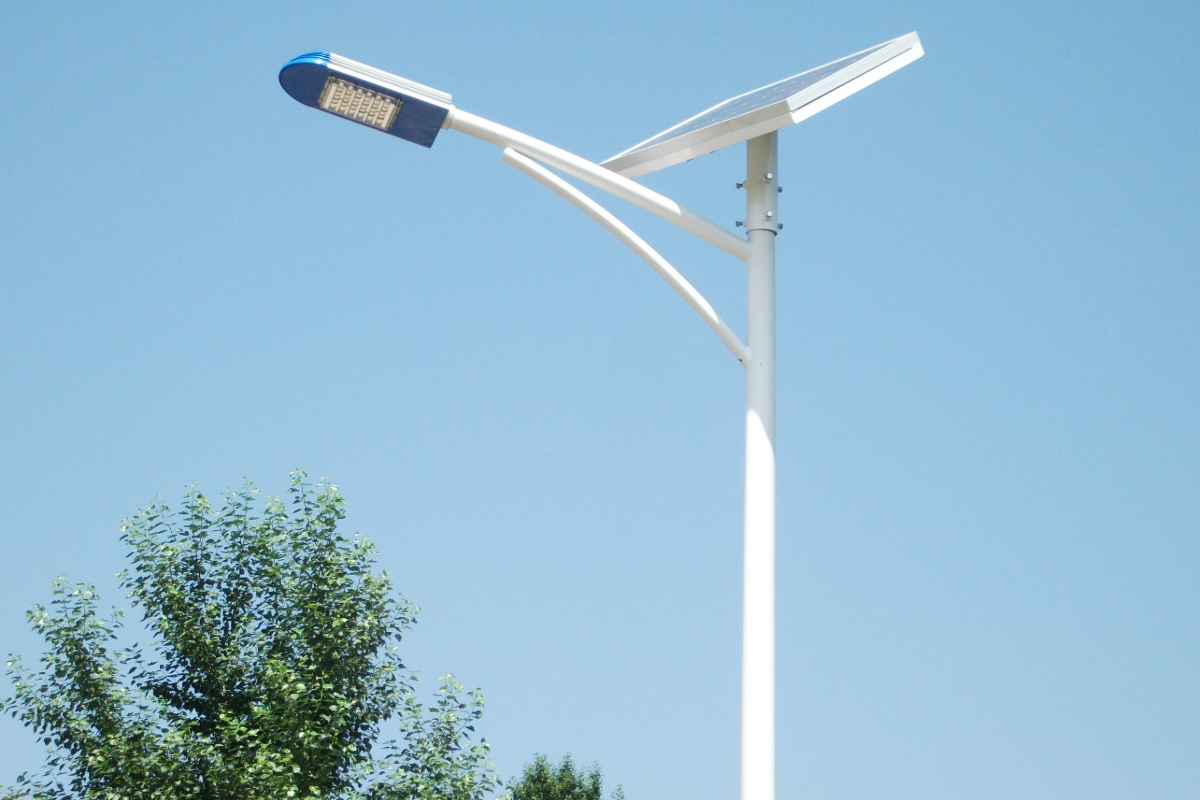It is well known that solar street lights are new energy products, which convert daytime sunlight into electrical energy stored in batteries and automatically light up at night under the control of a controller. Such street lights can save a significant amount of electricity annually. But exactly how much?
According to statistics, replacing the street lights on a 2-kilometer road with solar ones can save approximately 350,000 kWh of electricity per year. Calculated at an average electricity price of ¥0.6 per kWh, this translates to an annual cost saving of at least ¥200,000. Since the lifespan of solar street lights is generally 10 years, each street light can save ¥20,000 over its lifetime. For a single light, the annual saving is about ¥2,000. This is a remarkable saving, especially considering that street lights are indispensable for both urban development and rural construction.
Additionally, the 350,000 kWh saved by converting a 2-kilometer road to solar lighting is equivalent to:
- Reducing coal consumption by approximately 128 tons,
- Cutting carbon dioxide emissions by 56 tons,
- Decreasing coal ash residue by 33 tons,
- Minimizing sulfur dioxide by 2 tons,
- And reducing other dust and nitrogen oxides by about 15 tons.
This fully demonstrates the “green and environmentally friendly” features, which are the core reasons for the rise of solar street lights.
How Large Should the Solar Panel of a Solar Street Light Be?
Solar street lights are efficient lighting tools widely used in daily life. They typically consist of solar panels, batteries, controllers, light sources, and other components. The size of the solar panel varies with different configurations. So, how to determine the appropriate size?
The system configuration of a solar street light—such as the power of the light source, solar panel, and battery—requires strict calculations. While the process can be complex, there is a general range:
- Calculation Basis: The size of the solar panel is determined by the load (i.e., the power of the LED light), not by the lamp post height or lighting duration.
- Power Ratio: The solar panel power is typically 3-5 times that of the light source. For example, a 3W light source requires a 9-15W solar panel.
- Regional Adjustment:
- In areas with abundant sunlight (e.g., Inner Mongolia, Xinjiang), the panel power can be 3 times the light source.
- In regions with poor sunlight (e.g., mountainous areas with frequent fog or rain), the ratio increases to 5 times.
- A ratio of 4 times is generally applied in most areas.
Maintenance for Prolonging Service Life
The service life of solar street lights also depends on regular maintenance:
- Strictly follow construction standards during installation.
- Reasonably match configurations, especially the battery capacity, to optimize longevity.
For more information, please stay tuned to our updates.





